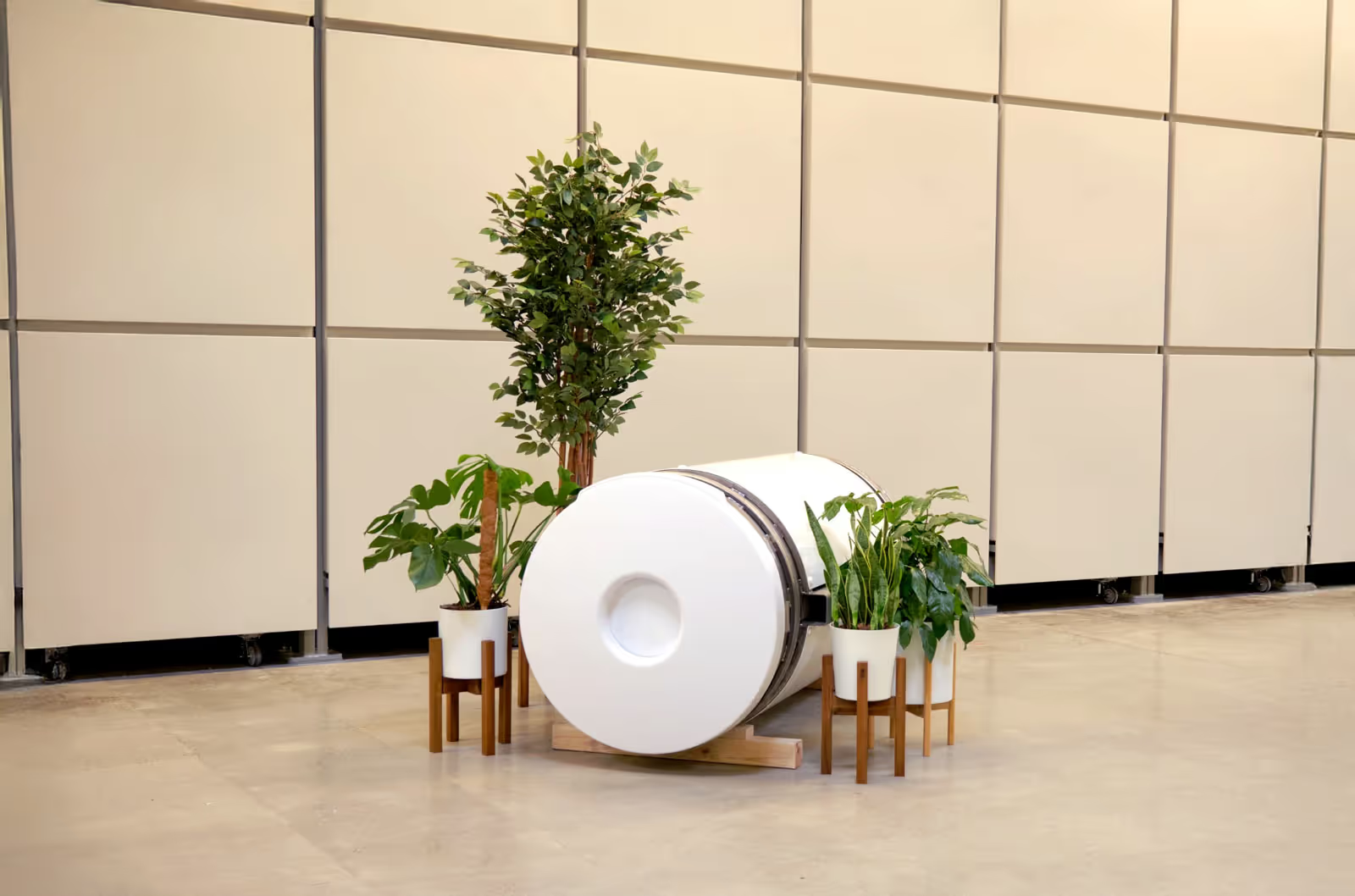The table on this page breaks down the elements of a typical funeral, describing the environmental impact of traditional choices and explaining greener alternatives.
While the most environmentally-friendly option will always be to opt for a green funeral method such as human composting, the information below will be helpful where such an option is unavailable.
| Element | Traditional choice | Friendlier choice |
| Embalming | Chemical embalming, involving the use of formaldehyde, which is highly toxic and a known carcinogen. Buried embalming fluids give rise to soil pollution, impacting soil health. | Use essential oil mixtures, which do not include harsh chemicals; use refrigeration and dry ice where transportation is necessary; opt out of embalming altogether. |
| Casket | Heavy wooden casket, often treated with chemicals and containing metal and plastic fittings. Resource intensive and potentially soil polluting. | Opt for green burial or natural burial, or choose a biodegradable casket or shroud. |
| Outer burial container | Caskets are often placed in an outer container, which will typically be made of materials like concrete. | Opt for green burial, natural burial or human composting, or forgo an outer container. |
| Grave marking | Grave markings vary, but often include concrete, metal or plastic elements, adding environmentally unfriendly materials to an already resource intensive process. | In some burial sites, grave marking is simple or there is no physical marker at all. GPS systems can be used to locate and memorialize graves. Other funeral options do not need marking, with human composting for example allowing scattering or the planting of a tree. |
| Land choice | Traditional burial involves the unsustainable consumption of urban land. | Some cemeteries require less space per grave. Other funeral options do not involve burial (and therefore land use) at all, for example human composting. |
| Cemetery choice | Some cemeteries use pesticides to maintain lawns, reducing biodiversity, potentially leading to soil pollution and requiring vast quantities of water. | Opt for a cemetery or green burial site which does not use chemicals and encourages or mandates minimal grave marking. |
| Cremation | Cremation is a fossil fuel-powered process, which releases CO2 and other emissions. | Opt for a green funeral choice, such as human composting, alkaline hydrolysis or a green burial option. |
| Funeral service | Different service options have different environmental impacts, from catering choices to order of services. | Consider the environmental impact of different choices, thinking about travel and transport, printed materials and other service elements. |
| Transport | Use of vehicles throughout the funeral process, from transporting the materials used in traditional burial (eg cross country transportation of caskets) to transporting the body, adds to the emissions involved in the process itself. | Opt out of traditional caskets and resource intensive options to eliminate the emissions involved in manufacturing and transportation. Opt for an electric hearse and a funeral home that uses renewable options where possible. |
The greenest funeral option
At Earth, we call our proprietary human composting process ‘soil transformation’. Our process is popular with nature lovers, conservationists and those who simply want to look after the planet for future generations.
Our human composting service is net carbon neutral versus the 535 lbs of CO2 produced by the average cremation (equivalent to a 600+ mile car journey). We operate the most advanced human composting facilities in the world, which use 100% renewable energy and provide a serene environment that mirrors the beauty of the process.
Families choose how much soil they would like returned – to scatter or plant – and the remainder is sent to our beautiful conservation sites for land restoration projects. The human composting process therefore not only avoids environmental harm, but actively benefits the environment for years to come.
If this appeals to you, read more on our website and get an instant online quote for our services.
Other resources




